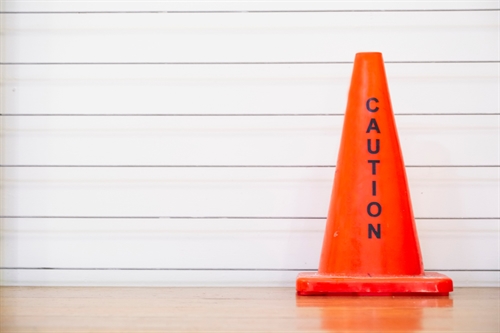A recent government announcement urged every UK household to put together an emergency kit. But what should be in your household emergency kit?
The plan is to have handy supplies that you might need in case of a power cut or water outage. It’s also good for situations where you’re advised to stay at home. Some of these items might be needed if you have to evacuate, too.
Collecting items for you emergency kit
The official list is as follows:
- battery or wind-up torch
- battery or wind-up radio
- portable power bank and spare batteries for any devices you rely on
- first aid kit
- hand sanitiser and wet wipes
- bottled water – 10L per person per day for drinking, cooking and washing
- non-perishable food that doesn’t need cooking
- supplies for any babies and pets living with you
- supplies for people with a medical or healthcare need
Every household is different, so tailor this list, and your emergency planning to meet your own needs.
Kitting out your home for an emergency
There’s no need to buy everything at once for your emergency kit: just keep adding to it. You may already have some of these things at home, too. And you don’t have to keep a dedicated stash of non-perishable food for emergency use only – as long as you have a variety of tins of pulses, fish or meat as well as vegetables and fruit in your cupboards, you’ve got an emergency food supply. And remember to get a manual tin opener, too.
Keep checking your emergency kit
The thing about an emergency kit is that you may never need it – but should you need it, you’ll be so glad that you put it together and maintained it. You may find your needs change over time too – perhaps your baby is now rather more grown and no longer in need of formula. So it’s important to update the kit as you go along.
Every six months, check the best before dates on your food and water, and replace as needed. It’s worth testing any devices and power banks, too. And make sure that you know how to use your torch, power bank and radio – you don’t want to be trying to read wind-up torch instructions in pitch darknes during an emergency.
Where should I keep my emergency kit?
We know what you’re thinking – we’re going to recommend self-storage for your emergency supplies. But you will probably do better keeping these things handy in your home.
Consider clearing a cupboard to keep everything in readiness for an emergency situation so that you can put your hand on it easily.
That’s where self-storage comes into its own –storing things that you have to keep but don’t necessarily need immediately – like archived personal papers – means they’re safe and secure in a dry, climate controlled space and available if you ever want them, but they’re not taking up room in your home.
Monthly self-storage costs vary around the country and between facilities, and by comparing prices you can often get a good deal on your self-storage space. And you can reduce your monthly storage costs by shopping around to get a better deal on your self-storage insurance. Get a quote from Store and Insure for your self-storage insurance.


